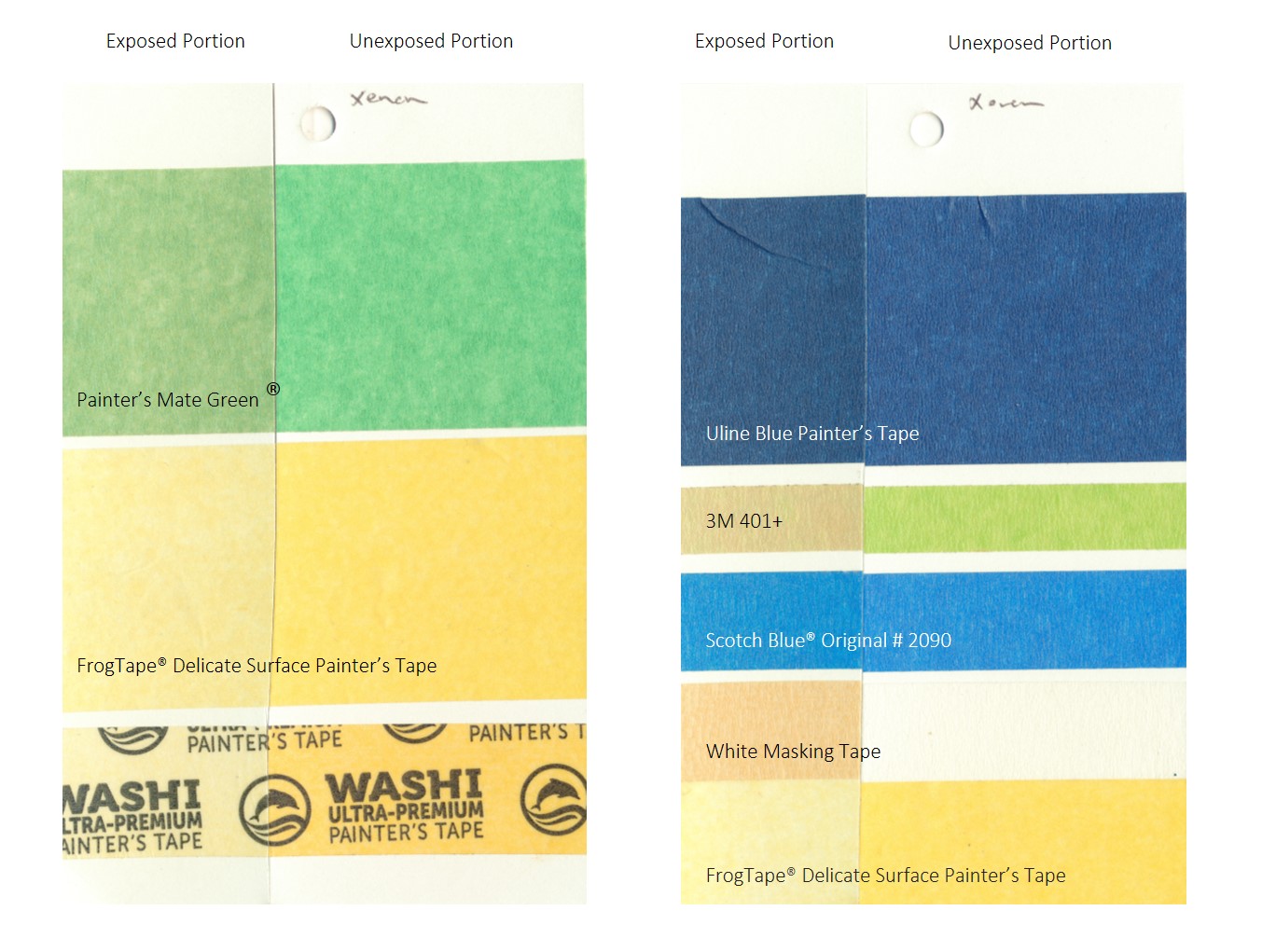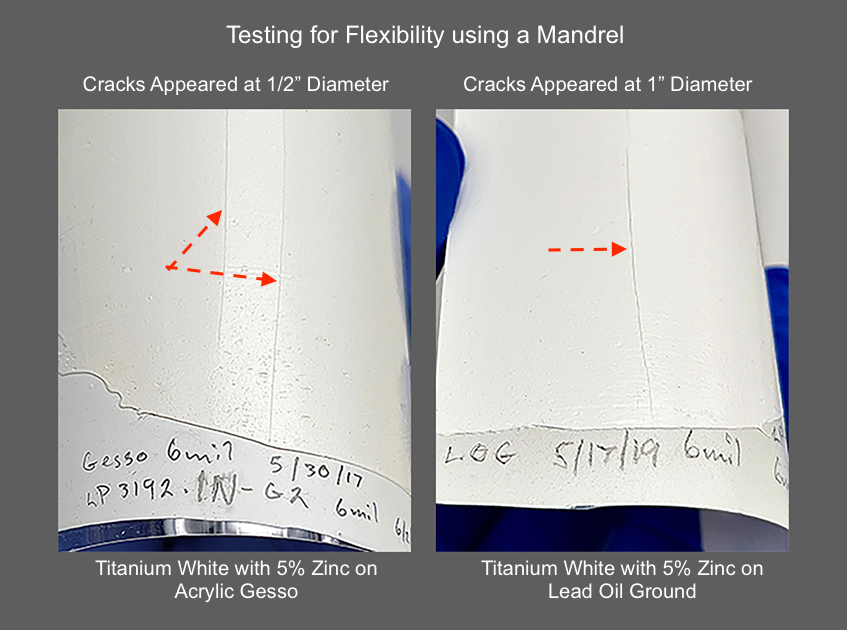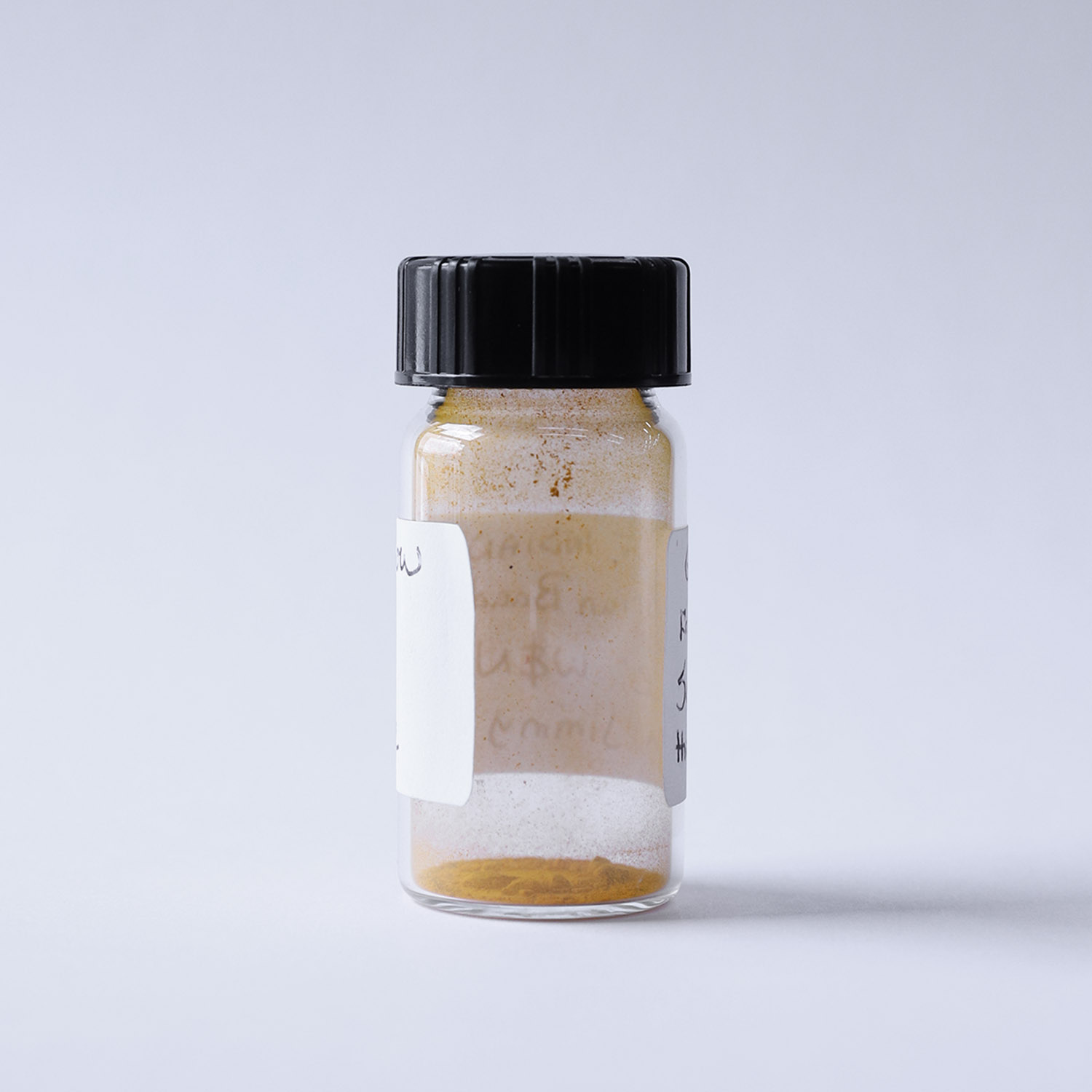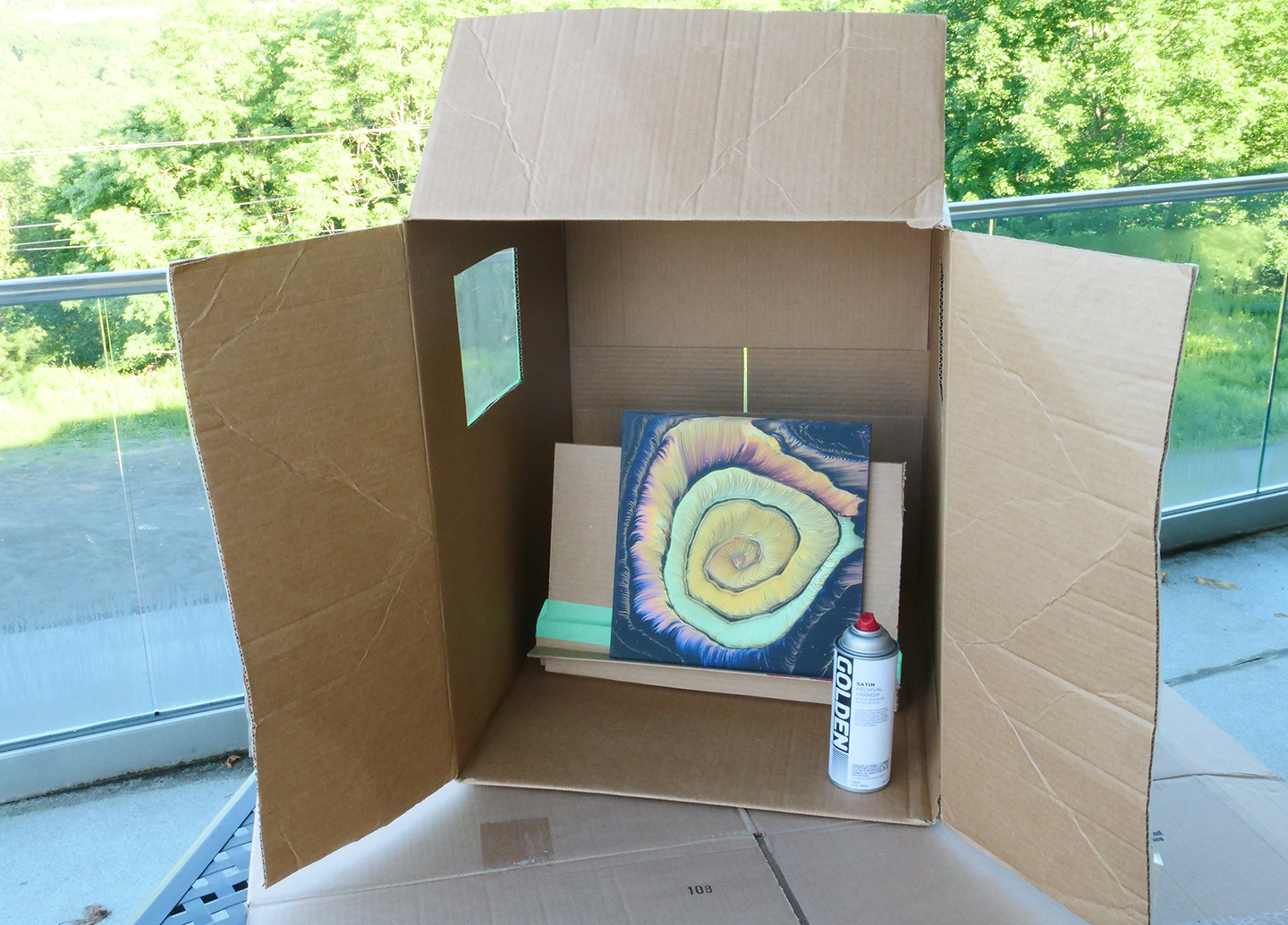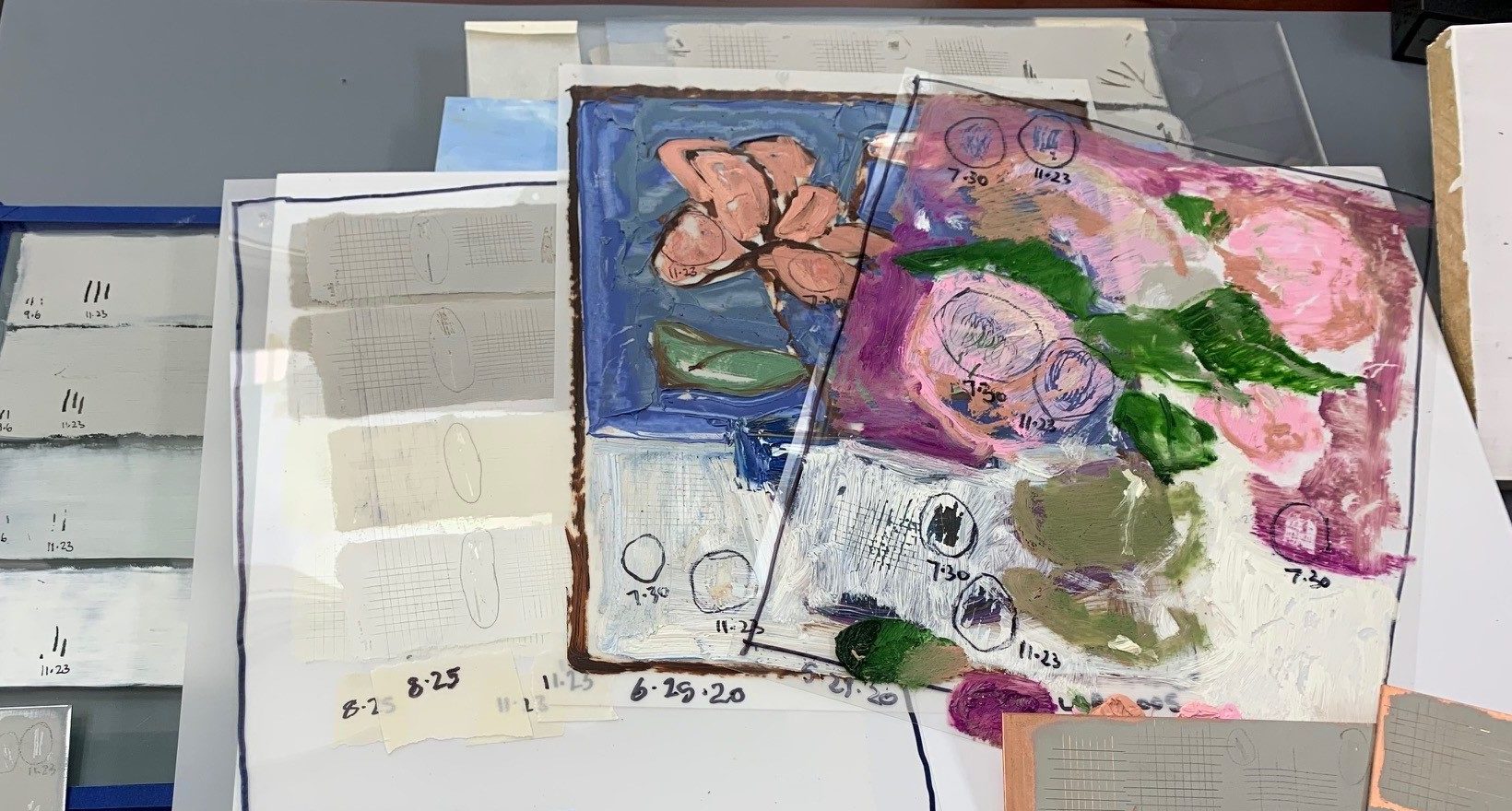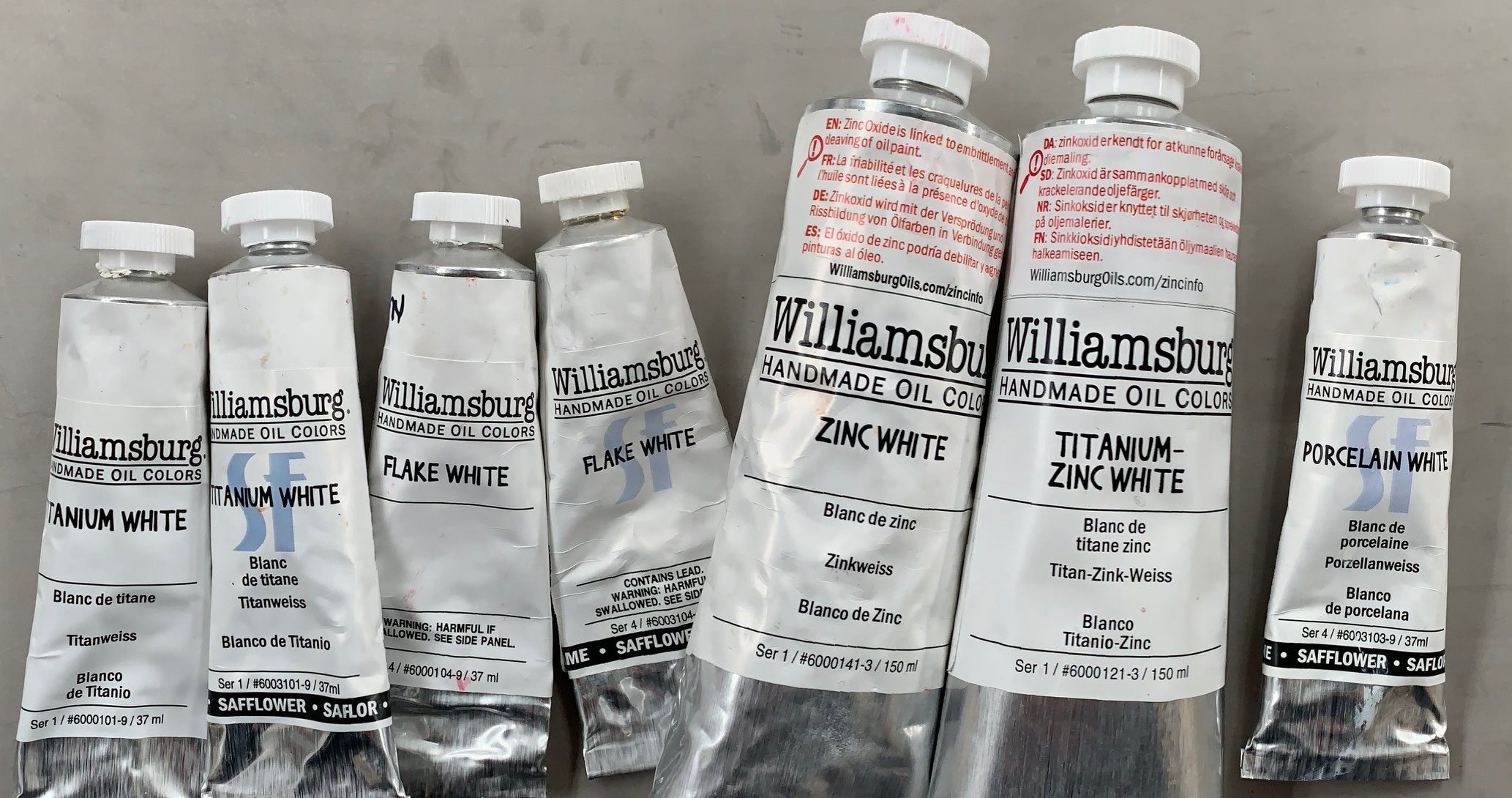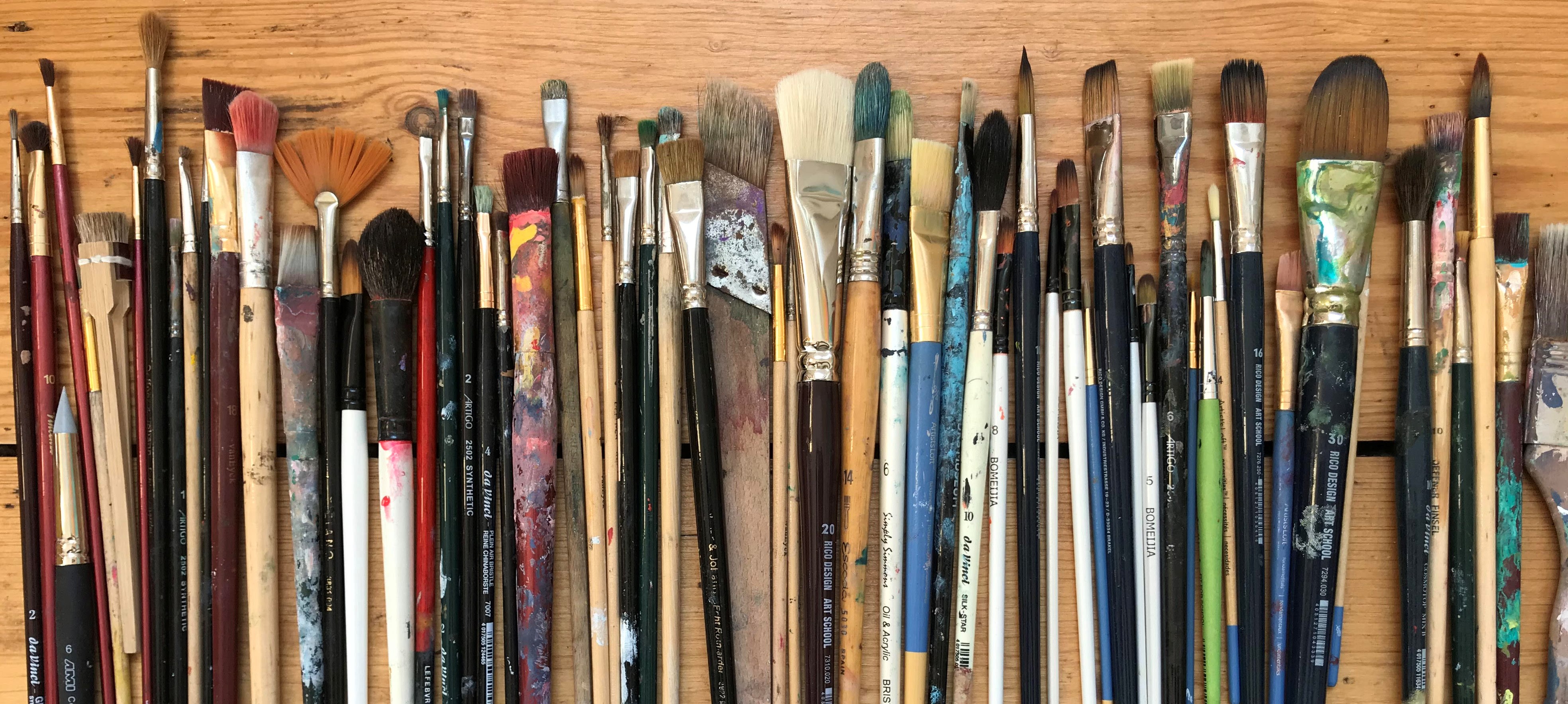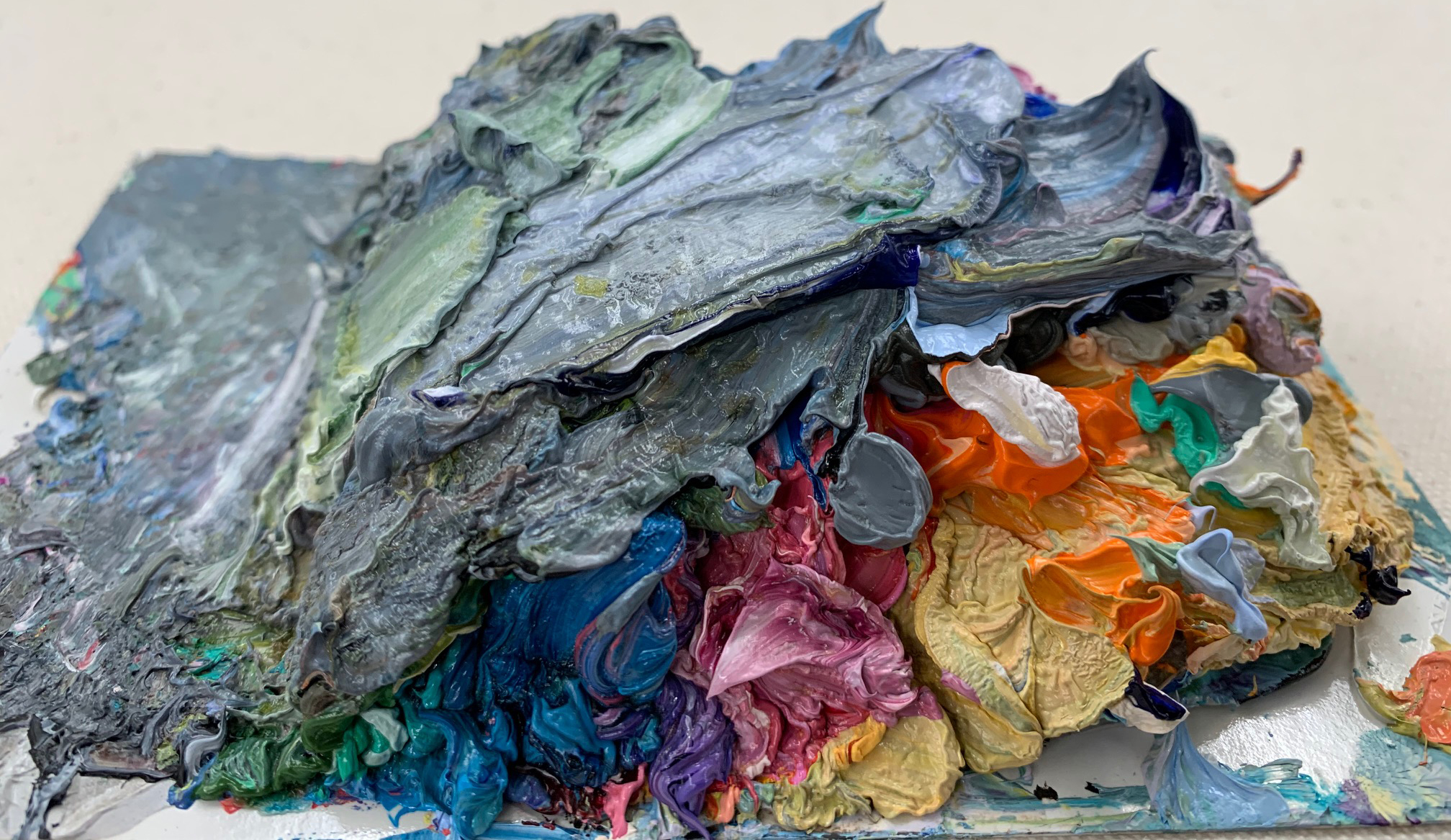In our investigation of the embrittlement of oil paints containing zinc oxide (see Sarah Sands’ 2018 article Zinc Oxide – Reviewing the Research), we made a lab trial containing titanium dioxide (PW6, “TiO2”) and 6% zinc oxide (PW4, “ZnO”) that used stand oil instead of our standard refined linseed oil. Two years later, we noticed … Read more
Home>Conservation> Oils> Research > Stand Oil for Extending the Flexibility of Zinc White Oil Paints
Archive | Oils
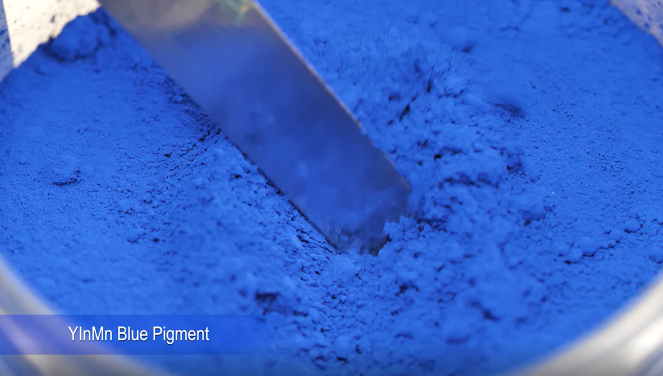
Custom Special Edition YInMn Blue Acrylic, Oil and Watercolor Paints March 08, 2024 We are excited to announce that a limited quantity of YInMn Blue is now available for purchase through the GOLDEN online store! Available in Heavy Body Acrylic, QoR Watercolor, and Williamsburg Oil, YInMn Blue is only available for purchase within the U.S., … Read more
Tape is an immensely useful tool for artists and designers. It is a go-to option when masking off areas of a painting or establishing the layout of a design. Masking tapes and painter’s tapes are uniquely designed to offer low tack adhesion and easy release, making them perfect for these applications. That being said, some … Read more
Please Note: What follows is an update to long-term testing that we first wrote about in 2018. The original articles provide important background and context for understanding the current results, and can be found here: Zinc Oxide – Reviewing the Research, Zinc Oxide – Warnings Cautions and Best Practices, and FAQs Concerning Zinc Oxide (PW … Read more
Genuine Indian Yellow was prized for its transparency, depth of color and mixing properties with notable applications in landscape painting. Its origin was and is still, a curiosity. Recently, a 19th c. sample of Indian Yellow pigment was generously donated to Golden Artist Colors by Brian Baade, Paintings Conservator and Assistant Professor of Art Conservation … Read more
many artists lack a dedicated interior location for spraying products, much less using solvents. The logical choice is to move the operation outside. However, spraying out in the open creates new challenges to be addressed, including temperature, wind, rain, and dust.
This article provides some initial testing focused on how well oil paints adhere to several non-porous surfaces without any ground preparation
White is often thought to be as much as 20% of a typical painting. Used for grounds, for opacifying, for lightening or brightening deep colors, its importance cannot be overlooked. Not only is it a critical component coloristically, but understanding the whites in your oil painting will also aid the structural integrity of your … Read more
Brushes carry our paint from the palette to the canvas. They give us control over our marks and assist us in handling paint and mediums. Therefore, brushes are an important tool for any painter and worth looking into deeper. At GOLDEN, we produce paint in three different mediums: oils, acrylics, and watercolors. Not every brush … Read more
Editor’s Note: Added April 26, 2022 For some time, our recommendation for artists using oils over acrylic has been to work over harder, matte acrylic surfaces and avoid working on softer gels and gloss products. Our intention was to optimize the level of adhesion that would be achieved on a toothier surface as well as … Read more


